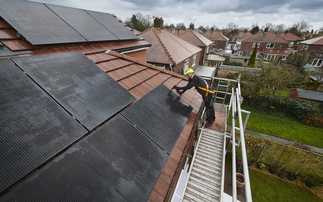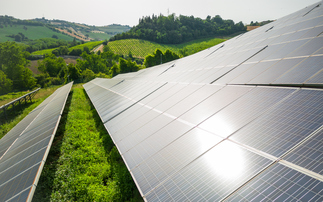Time after time the solar industry has been hit by policy changes designed to rein back investment, but it doesn't have to be this way
It will offer scant consolation to those solar developers facing the third major subsidy review in as many years, but any industry executive looking for a silver lining might reflect on the fact the latest...
To continue reading this article...
Join BusinessGreen
In just a few clicks you can start your free BusinessGreen Lite membership for 12 months, providing you access to:
- Three complimentary articles per month covering the latest real-time news, analysis, and opinion from Europe’s leading source of information on the Green economy and business
- Receive important and breaking news stories via our daily news alert
- Our weekly newsletter with the best of the week’s green business news and analysis









